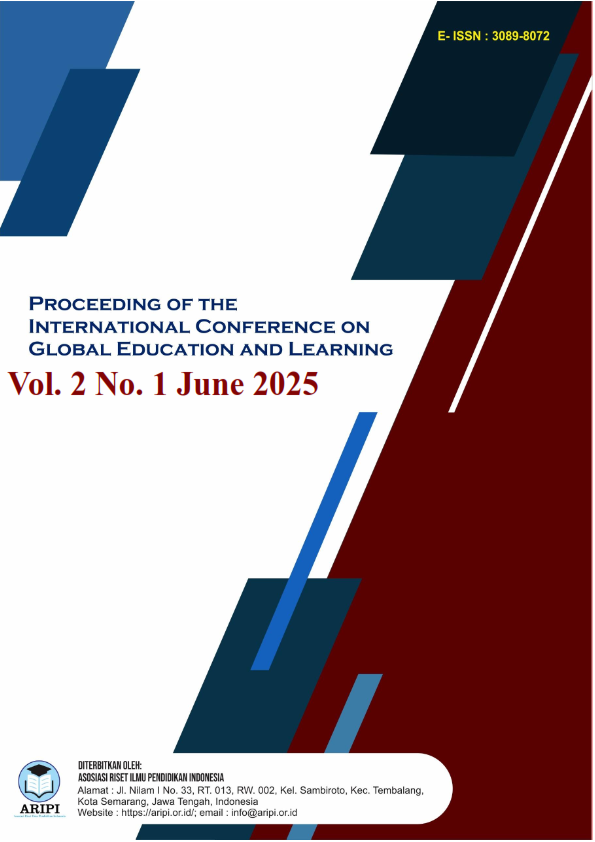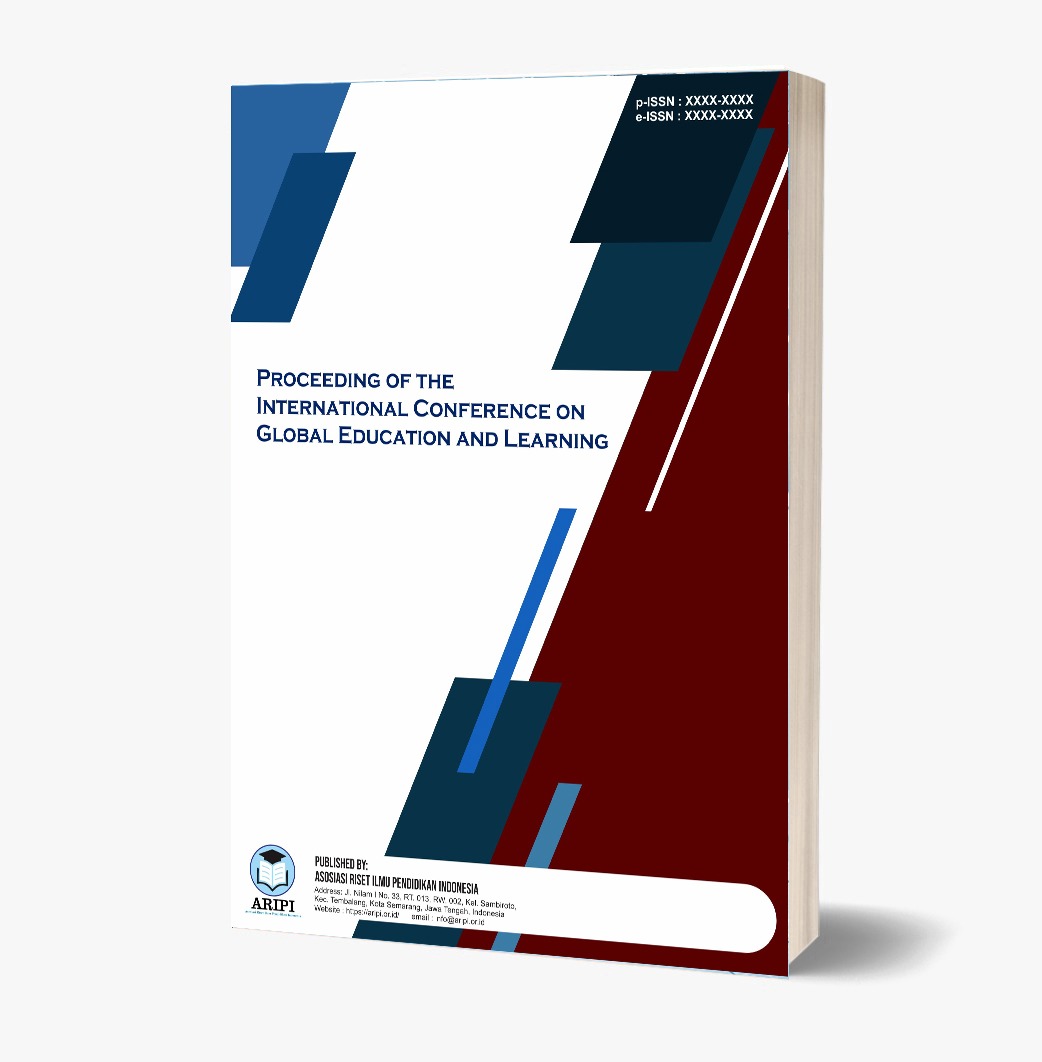Transformasi Digital Peradilan Solusi Fenomena “No Viral No Justice”
DOI:
https://doi.org/10.62951/icgel.v2i1.138Keywords:
No Viral No Justice, Digitalization Of Justice, SIPPAbstract
The hastag No. viral No. justice has recently emerged on social media platforms creating its own discourse in the justice system. This research aims to examine how the impact of this phenomenon on the judicial system and to find the ideal mechanism of digital transformation of justice so that this phenomenon remains in line with the principle of due process of law.This research method uses a social legal with a case study approach and conceptual approach in answering the problem formulation. This research found that this phenomenon is motivated by the slow response of law enforcement officials and the lack of transparency of the judicial system, then the impact of this phenomenon disrupts the independence of the judiciary because it is tried by the media and has the potential to accommodate the spread of hoaxes and public disinformation. To answer these challenges, the author proposes a digital transformation of the judiciary through the optimization of SIPP, by adding a verification link feature on the SIPP page. So that access to case tracking becomes more transparent. In addition, there are also new rules regarding the publication of unresolved legal cases on social media by requiring the admin and related accounts to provide a disclaimer and link to the SIPP verification link of the case. This regulation is regulated through the revision of the ITE Law by the legislators.
References
Atikah Ika, Nanda Dwi Rizkia, Basri & tim penulis lainnya. (Bandung, 2024 Agustus). Pengantar metode penelitian hukum sosio-legal. Widina Media Utama.
Gussela, M. D., Kurniawati, M., Satria, J. N., & tim penulis lainnya. (2025, Januari). Fenomena “No Viral No Justice” perspektif teori penegakkan hukum. Ranah Research, 7(2). https://doi.org/10.38035/rrj.v7i2
Hermawati Lina, Hukum Responsif dalam Konteks Indonesia (Malang: Universitas Brawijaya Press, 2020
M. Hafiz Al Hasby (2022, Januari 04). ”Belajar dari Fenomena ’No Viral No Justice” Detik.com. https://news.detik.com/kolom/d-5883436/belajar-dari-fenomena-no-viral-no-justice
Machmoed Effendhie. “Aspek Teoritis dan Legalitas Alih Media Elektronik atau Digitalisasi”, diakses dari http://arsip.ugm.ac.id/web/download/1904112051
Mahkamah Agung RI & Komisi Yudisial RI. (2009). Keputusan Ketua Mahkamah Agung bersama Ketua Komisi Yudisial RI Nomor 047/KMA/SKB/IV/2009 – 02/SKB/P.KY/IV/2009 tentang Kode Etik dan Pedoman Perilaku Hakim.
Monica Octavia, Sanusi, and Alip Rahman. “Restorative Justice in Resolving Embedding At Cirebon City Polres.” JILPR Journal Indonesia Law and Policy Review 3, no. 1 (2021): 35–44. https://doi.org/10.56371/jirpl.v3i1.97.
Muammar, Muammar. “Penanganan Tindak Pidana Viral: Reduksi Terhadap Asas Legalitas Ke Asas Viralitas.” Pattimura Legal Journal 2, no. 1 (2023): 19–29. https://doi.org/10.47268/pela.v2i1.8362.
Mulyadi, D. (2020). Digitalisasi pengadilan dalam penyelesaian perkara. YUME: Journal of Management, 3(2), 71-77. https://doi.org/10.37531/yum.v11.12
Nurul Diva. (2024, Desember 31). Presiden Prabowo Singgung Vonis Harvey Moeis Hanya 6,5 Tahun, Tak Ingin Koruptor Dihukum Ringan. liputan 6. https://www.liputan6.com/hot/read/5858367/presiden-prabowo-singgung-vonis-harvey-moeis-hanya-65-tahun-tak-ingin-koruptor-dihukum-ringan
Santoso, E. (2021). Dinamika digitalisasi manajemen layanan pengadilan di Indonesia. Jurnal Pakar, 10(2), 50-65. https://doi.org/10.31227/osf.io/uvwxy
Silalahi, C. (2021). Tantangan era digitalisasi dalam proses administrasi peradilan melalui e-court. Jurnal Hukum dan Teknologi Informasi Hukum. https://doi.org/10.31227/osf.io/klmno
Undang-Undang Dasar Negera Republik Indonesia Tahun 1945
Undang-Undang Republik Indonesia Nomor 48 Tahun 2009 tentang Kekuasaan Kehakiman. (2009).
Wahid, A., Rohadi, R., & Kusyandi, A. (2025, April). “Fenomena No Viral No Justice dalam penegakan hukum Indonesia: Percepatan atau ancaman keadilan?” Reformasi Hukum, 29(1). doi.org/10.46257/jrh.v29i1.1183
Wuryantai, A. G. E. W. (2013). Digitalisasi masyarakat: Menilik kekuatan dan kelemahan dinamika era informasi digital dan masyarakat informasi. Jurnal Ilmu Komunikasi, 1(2), 131–142. https://doi.org/10.24002/jik.v1i2.163






